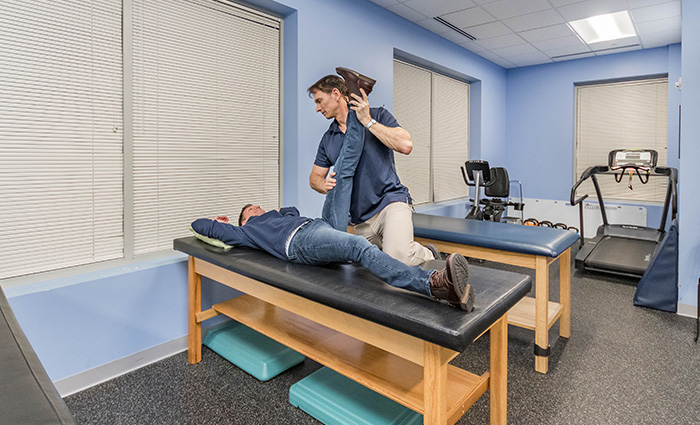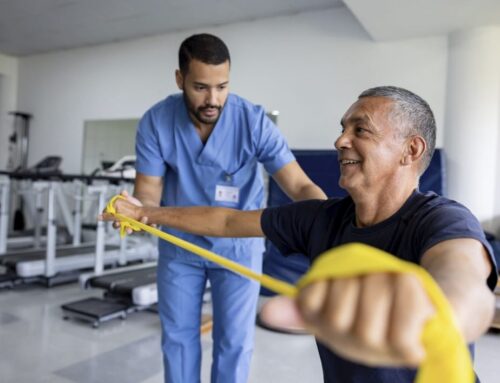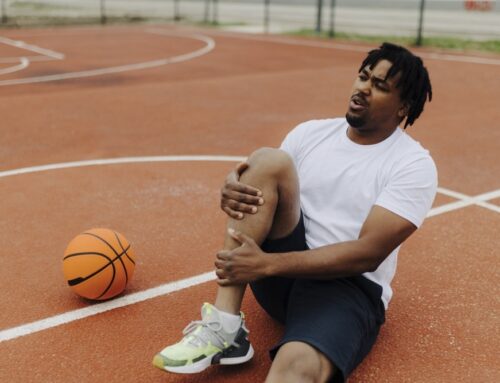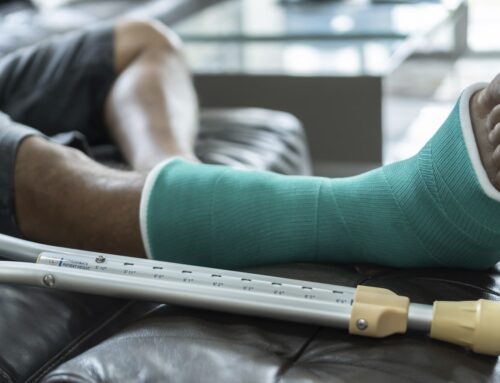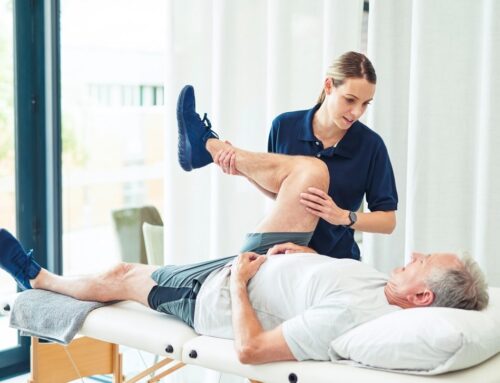There are over seven million orthopedic surgeries each year. That is an astounding amount of people helped through surgery. But, recovering from bone or joint surgery is not always a piece of cake. For that reason, physical therapy has been the tried and true method relied upon by medical professionals for years to achieve successful post-surgical outcomes.
Unfortunately, too many patients underestimate the benefits of physical therapy and subsequently stray from their prescribed rehab exercises and instructions, or they decide not to attend therapy at all, thinking, “I can rehab this on my own.” Just like anything else, the amount and quality of work you put into therapy largely determine the chance for success. Find out about the benefits of physical therapy now to understand why it’s so important to pursue PT should the need arise for you.
What are the benefits of post-op physical therapy?
Improved range of motion
After surgery, almost all patients will have stiffness in the affected body part, whether due to swelling or pain. It takes a good amount of time and work, by the physical therapist as well as the patient, in order to regain your range of motion. But physical therapy can speed that process up – allowing you to restore mobility and return to your normal activities quicker.
Less pain and inflammation
Pain and swelling are natural after any surgery. However, physical therapy can reduce the impact of both. The right amount of activity, stretching and range of motion exercises, progressed at the appropriate pace under the therapist’s supervision, can significantly reduce pain and inflammation. This will hopefully help to limit the use of harsh medications or other options that may be unhealthy.
Better muscle function
As said before, physical therapy can reduce the stiffness of your joints when recovering from surgery. But patients are often shocked at how quickly they lose muscle function. This can be due to pain, swelling or difficulty moving the affected body part. Muscle atrophy occurs whenever a muscle isn’t used regularly, and physical therapists are experts at adequately regaining muscle function. If progressed at the right pace, at the right intensity and supervised by a knowledgeable therapist, the patient can increase strength appropriately without disrupting the natural healing process. It’s not just “working out.” A structured physical therapy regimen would ensure that nothing gets missed, enabling the patient to come back better than ever.
Does post-surgery rehabilitation hurt?
The amount of postoperative pain a patient may experience can vary widely. The type of surgery, the patient’s overall physical fitness/state of health, age and other factors affect how much pain patients may have. While it may be uncomfortable initially, the discomfort is typically manageable. Communication between the patient and therapist is vital in this respect. A knowledgeable physical therapist is skilled in minimizing the pain while progressing the rehabilitation program as quickly and safely as possible.
What to expect at your first appointment after surgery and as your rehab program progresses
When a patient begins their postoperative physical therapy is largely determined by the surgeon based on the type of surgery. Frequently, it will begin within a few days after surgery, but sometimes therapy doesn’t start for several weeks. Your physical therapist will most likely start with simple, standard exercises and manual techniques focusing on restoring range of motion and muscle function while observing any postoperative restrictions outlined by the physician. Modalities may be utilized for pain and swelling control. Strengthening exercises will be ramped up over time to ensure that you’re constantly making progress with your recovery.
Later on, with more sessions under your belt and your symptoms and discomfort under control, you may be pushed further than you think you can go during your sessions, and that’s all a part of the process. Trust the process and trust your physical therapist. Remember to work hard, but intelligently. “No pain, no gain” can frequently be the wrong approach to take.
After all, it’s the physical therapist’s job and goal to ensure that you recover better than ever.
What type of surgery requires post-operative physical therapy?
You may have your surgery in mind and wonder if physical therapy is going to be a part of your recovery process. Well, while we can’t necessarily answer your question here without knowing what surgery that is, what we can do is give you a rundown of surgeries that commonly require physical therapy to recover:
Spinal surgery
Given the serious and often delicate nature of back or neck surgery, spine physical therapy is a must. It will often be slow and steady to ensure you aren’t in uncomfortable situations as you heal. Therapy will then gradually help you regain range of motion and strength while educating the patient in proper body mechanics to hopefully prevent future injuries.
Joint replacements
For knee, hip and shoulder joint replacements, the postoperative rehabilitation will be challenging but rewarding in the long run. Patients typically undergo some early and sometimes rather intense physical therapy designed to get the knee or hip moving and regain muscle function. Shoulder replacement rehabilitation can begin within a few days, or possibly not for several weeks after surgery, depending on the physician’s recommendations. Your regimen is progressed under the strict supervision of the physical therapist. It is usually more challenging for the patient than they would have expected, but if you put in the work and follow the physical therapist’s plan of care, the outcomes are very good. Your physical therapist will supervise every aspect of your postoperative journey and get you back to doing what you want to do.
Almost all other orthopaedic surgeries will require at least some formal physical therapy. These include but are not limited to knee surgery, elbow surgery, foot/ankle surgery, hip surgery, shoulder surgery, ligament or tendon reconstructions or repair, and internal fixation of fractures.
Post-surgery rehabilitation in the Triangle
We hope that with this information, you’ll see physical therapy for what it is, a must for a healthy recovery. Be sure to speak with your doctor to discuss the best course of action and if you undergo physical therapy, remember to speak with your therapist about your process as you go. Regular effective communication will ensure you are both on the same page throughout the rehabilitation process, with the same goals in mind. With that, you should recover fine and be healthier than ever.
Cary Orthopaedics’ physical therapy department employs sports medicine specialists who provide top-rated, comprehensive PT and rehabilitation services. Working closely with our surgeons, our physical therapy team makes your full recovery its number one goal.

